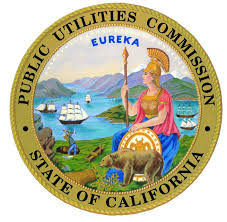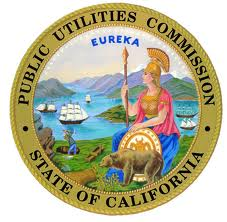What started out as presentations by California Water Association’s (CWA) Water Quality Committee at the Associations spring and fall conferences has evolved into informative “workshops” and seminars at these conferences where CWA members and representatives from state agencies and the California Public Utilities Commission get updates and share information on critical issues affecting water quality. For example, during the May 29 meeting, federal regulatory issues were discussed, including the pending maximum contaminant levels (MCLs) for perchlorate and carcinogenic volatile organic chemicals. Also covered was the U.S. Environmental Protection Agency’s expected announcement of a regulatory decision to proceed with development of MCLs for the metal strontium and disinfection by-products chlorate and nitrosamines.
It was noted during this meeting that although water utilities currently are monitoring for strontium and chlorate under the third Unregulated Contaminant Monitoring Regulation (UCMR3), the findings of these contaminants, along with other metals being detected at entry points and in the distribution system, such as vanadium, molybdenum, cobalt and 1,4-dioxane, as well as any of the 25 additional contaminants being monitored, will need to be reported in the 2014 Consumer Confidence Reports. The American Water Works Association is developing “talking points” for water utilities’ use in discussing UCMR3 findings with their customers and the information will be available in the fall.
Golden State Water Company Water Quality Manager Dawn White serves as chair of the committee. “Water quality is a complex issue and a primary focus for CWA members,” said White. “This committee allows individuals the opportunity to exchange information and stay up-to-date on critical happenings in our industry.”
Three state-level issues also were discussed at the recent meeting, including California’s expected proposal in July for the MCL for hexavalent chromium. “This has been a long and controversial process and is based on the public health goal (PHG) of 20 parts per trillion,” said Park Water Company’s Vice President-Water Quality Gary Lynch. “And, we must remember the PHG for arsenic is four parts per trillion and the MCL is 10 parts per billion (1,000 parts per trillion), quite a bit higher than the PHG. Hopefully, the treatment technology and cost issues that led to the arsenic MCL will be applied similarly to hexavalent chromium.”
The second state issue discussed was the expectation of the Office of Environmental Health Hazard Assessment’s (OEHHA) revised PHG for perchlorate to one part per billion (ppb), which currently stands at six (ppb). On behalf of CWA members, Committee members will watch the California Department of Public Health’s reaction (CDPH) to OEHHA’s proposed revision and any decisions to revise the current MCL of six ppb. The last state issue referenced was the potential for a statewide permit for potable water discharges, which could hurt some utilities while benefitting many utilities in how they deal with discharges from distribution systems, wells and storage into surface water bodies. Committee members will be monitoring the State Water Resources Control Board’s actions relative to this issue.





